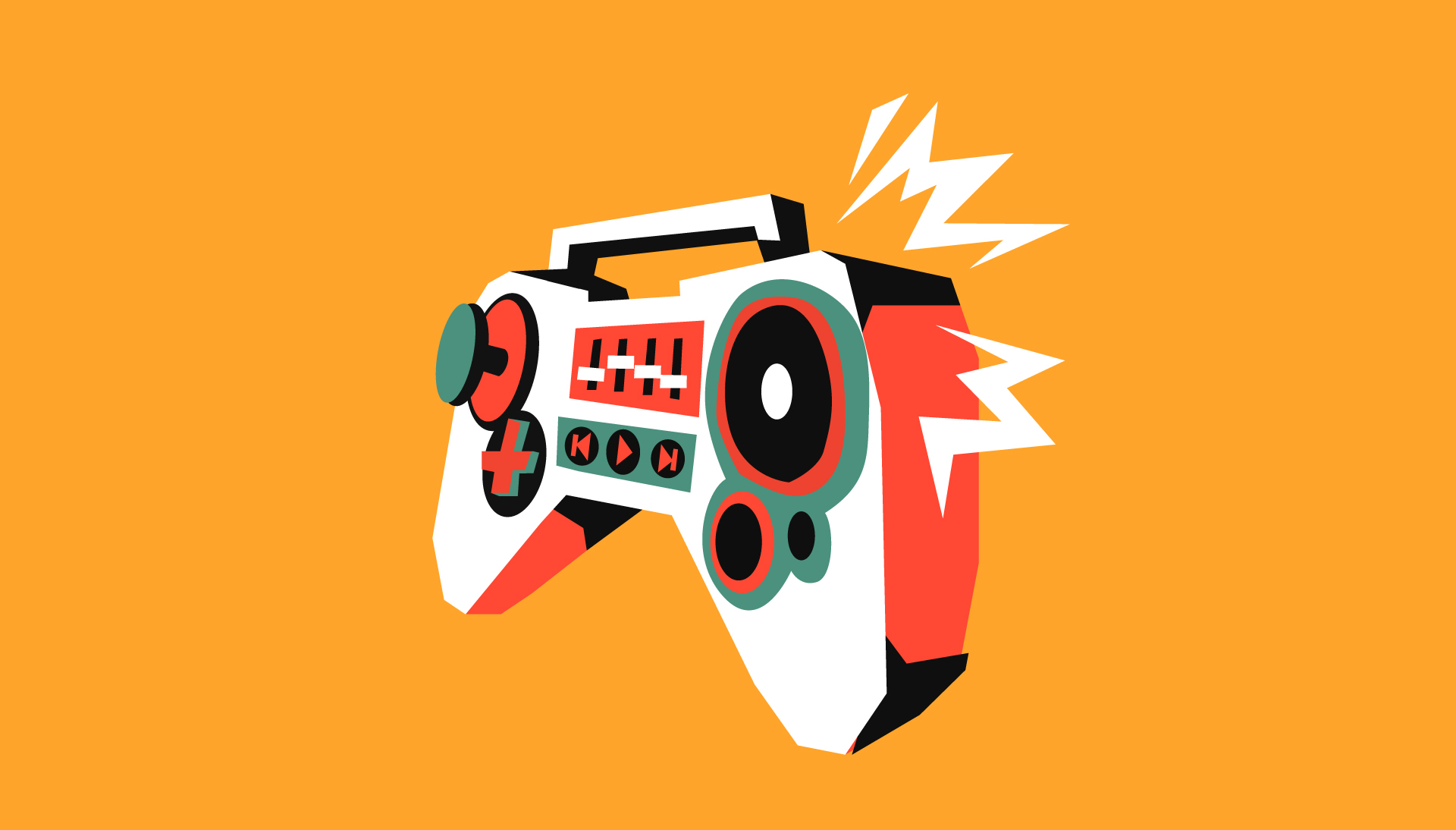
The thrill of victory. Anticipating the unexpected. Mastering a new skill. These are just some of the things that make gaming a thrilling hobby for people around the world. Saudi Arabia, in particular, is a country filled with young gamers who love to hop into online lobbies, gather at esports venues for tournaments, and—most notably for Spotify—stream music while playing.
“Gaming in Saudi Arabia is experiencing an unprecedented surge,” shares Nicole Aoun, Spotify Marketing Manager for the Middle East and North Africa. “The country currently boasts the highest gamer-per-capita ratio in the world, with almost 89% of the population identifying as gamers. This isn’t just a statistic; it’s indicative of a cultural movement.”
Data from January 1 to September 29, 2023, shows that Saudi Arabia is also the country with the greatest proportion of music streams when it comes to gamers’ streaming from their consoles. “Spotify offers the convenience of streaming music anywhere, including directly from gaming consoles,” explains Nicole. “This creates a seamless experience that resonates with the lifestyle of the modern Saudi gamer, who seeks versatility and convenience.”
There’s a natural synergy between music and gaming. Music plays a crucial role in elevating a gaming session; it helps set the mood, increases focus, and creates memorable moments for players. But for gamers looking for that multisensory experience for the eyes, ears, and brain, podcasts are also serving as a key way to build adrenaline and stay captivated. That means while some Saudi listeners prefer to listen to The Weeknd while gaming, others turn to shows like The POWR Podcast.
Meshael MR, a Saudi content creator, avid gamer, and esports enthusiast who uses her platform to engage with people from all around the world, notes that listening to music really amplifies her focus and concentration. “When I do not have music while gaming, it often affects my gameplay.”
One of her favorite artists to listen to while playing is Amr Diab. “His tracks give me an exhilarating energy boost, motivating me to outplay my opponents,” says Meshael.
And just as music may enhance moments of intense, in-game action, gaming-focused podcasts can also help to enrich the experience. “The gaming community is a powerful one and one that likes to stay in touch and talk about gameplay,” Rhea Chedid, Spotify Senior Podcast Manager in MENA, shares. Podcasting allows gamers to be in constant conversation with the gaming community. “Gamers are looking for spaces where they can express themselves and find like-minded people; podcasts are giving them the opportunity to do so,” Rhea continues.
No matter the medium, our team in Saudi Arabia looks for opportunities to connect these moments of play on our platform and on the ground.
An IRL anthem for the ages
This summer, we logged on for our second year as the official audio partner for Gamers8, the biggest gaming and esports festival in the world. The eight-week event took place at Boulevard City in Riyadh, Saudi Arabia, and featured elite gaming titles alongside live concerts from the biggest global, regional, and local artists.
During the opening ceremony of the games, we were proud to premiere the official Gamers8 Festival anthem, “GG Geena.” In collaboration with Spotify, the track was a partnership between Saudi Arabian artist and gaming enthusiast Mishaal Tamer and Palestinian Jordanian national Llunr, whose music has found its way to multiple Spotify Viral 50 charts.
“The song was conceived as a tribute to the vibrant Saudi gaming community and local creators, but we always had our eyes set on resonating globally,” says Nicole. “We wanted to leverage our global reach to celebrate not just the Saudi gaming community, but also to show how gaming as a whole is this amazing, universal language that brings people together.”
To push the event’s reach around the world, “GG Geena” was promoted and showcased through our Times Square billboard in NYC, and we worked with Gamers8 to take over our global playlist, Start Select.
“It’s worth mentioning that the playlist has a diverse audience,” shares Nicole. “So we’re talking about a multilevel impact here, one that validates our mission to bring the Saudi and international gaming communities together, united by the universal love for gaming.”
We also hosted onsite activations that engaged gamers and spectators alike—one at the festival and one at a local music venue.
“When we talk about uniting gamers around the world through music, Spotify becomes a natural conduit for that,” says Nicole when referencing the importance of the partnership between Spotify and Gamers8. “It’s not only about reaching gamers; it’s about creating a global community that celebrates the joy of gaming through the language of music.”







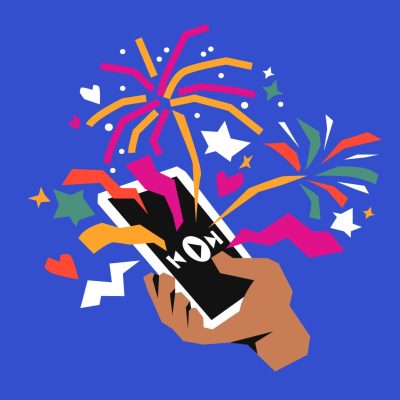
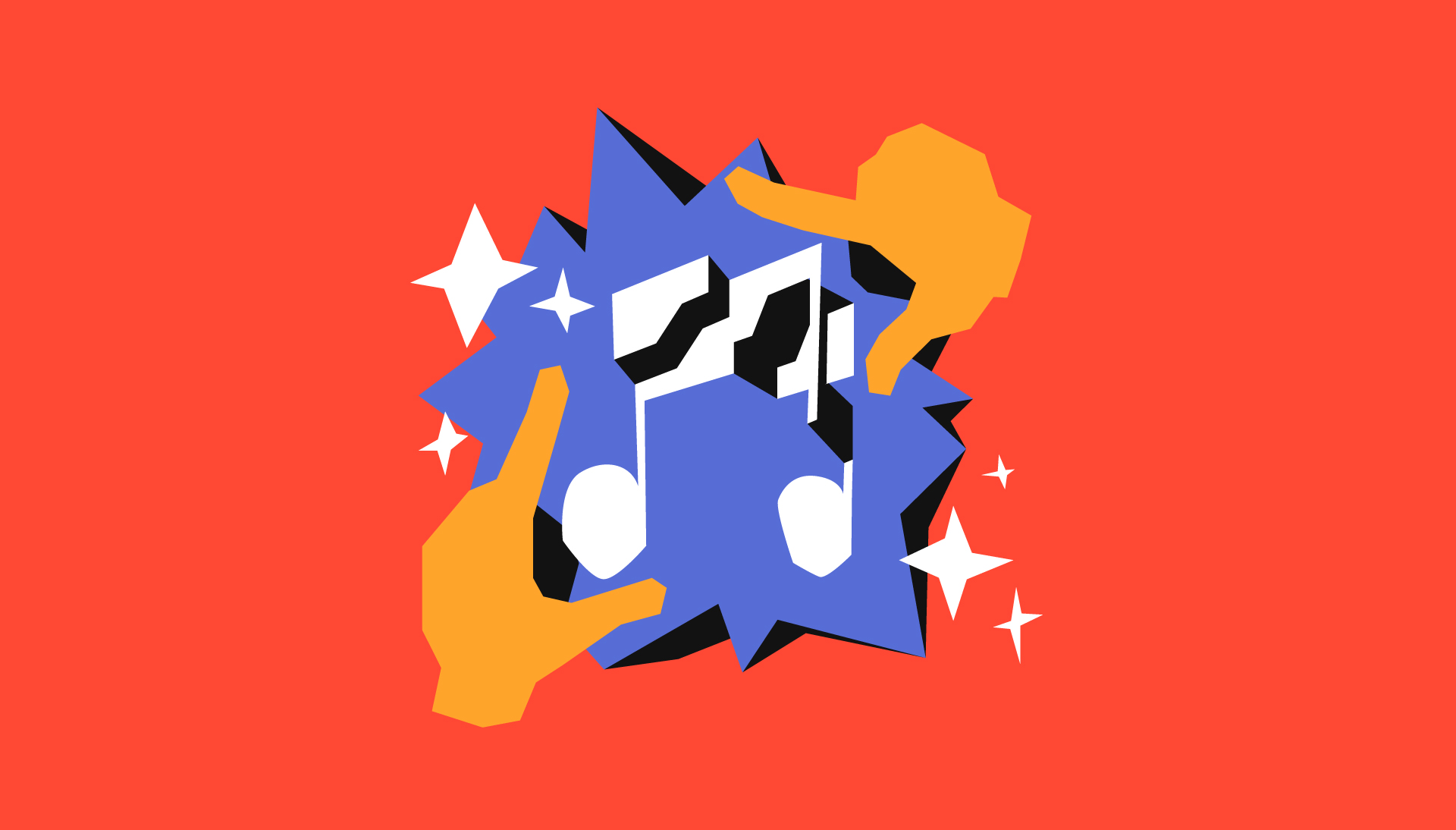
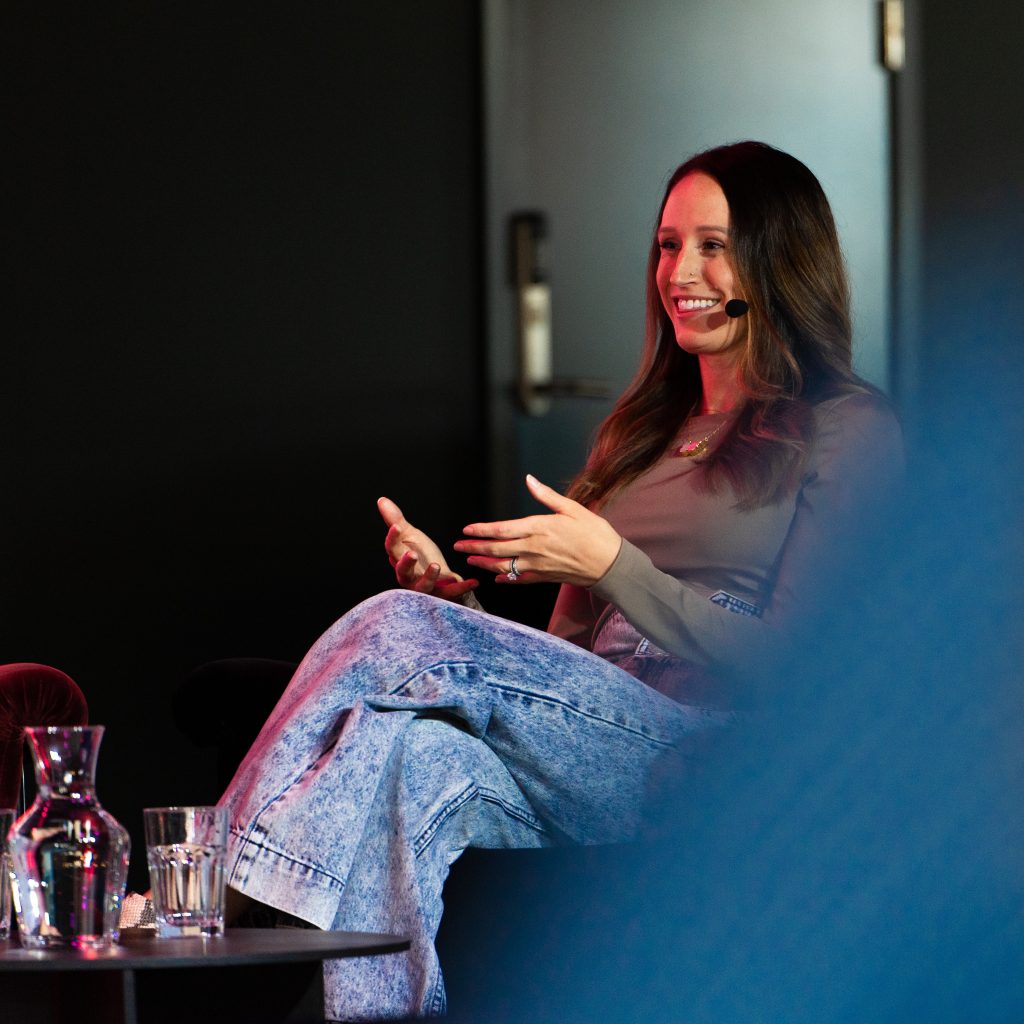
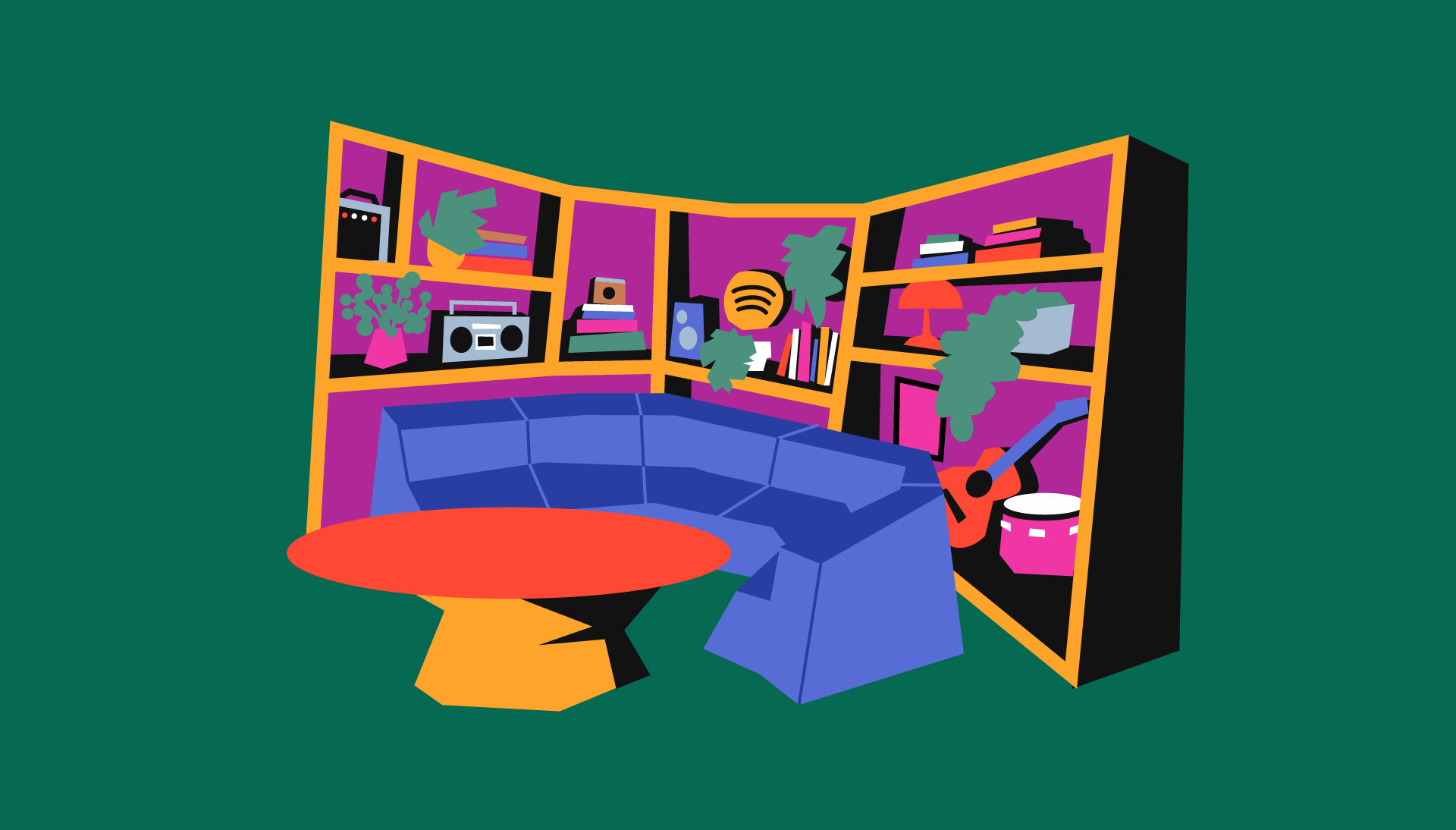
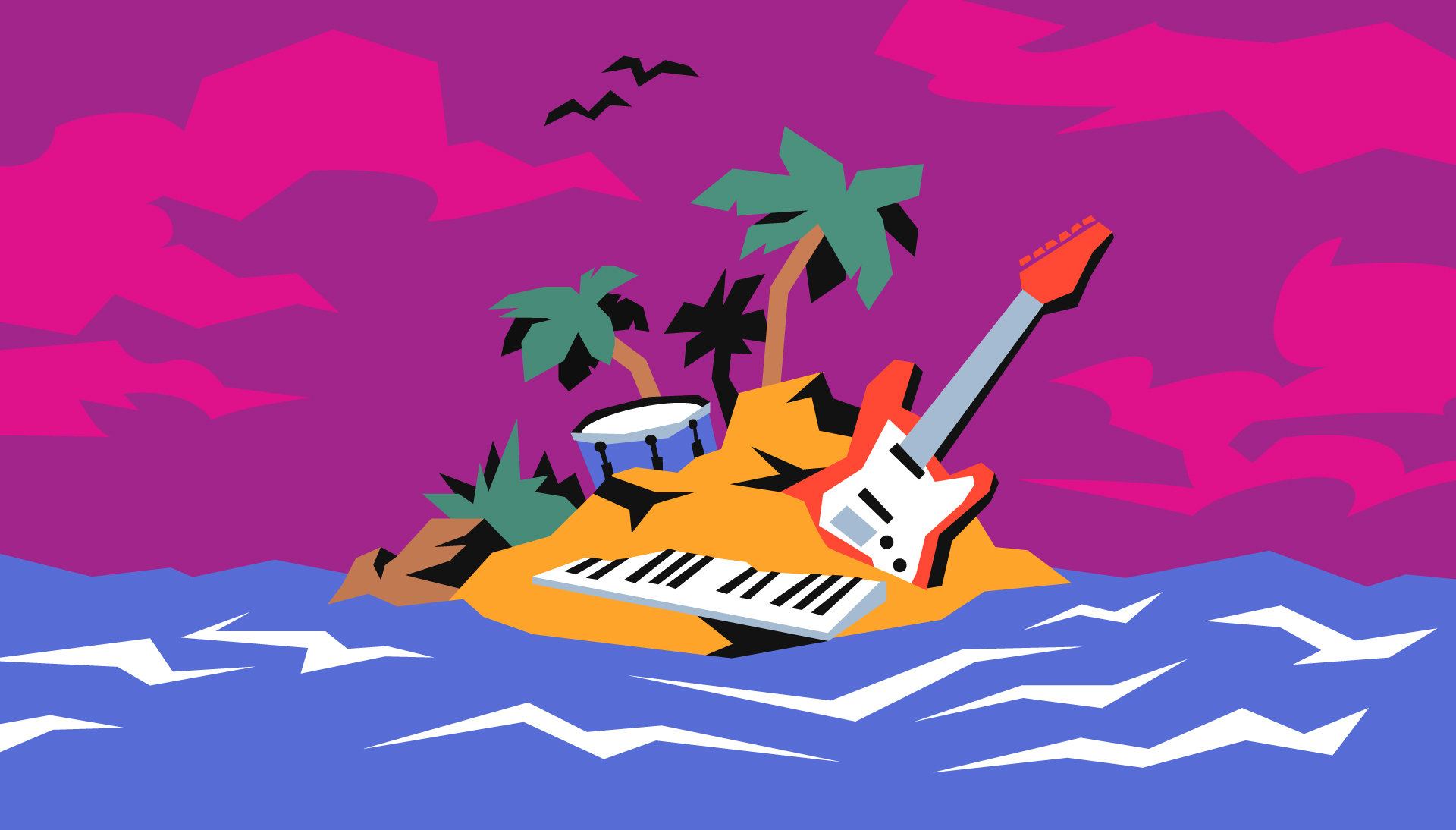
Recent Comments